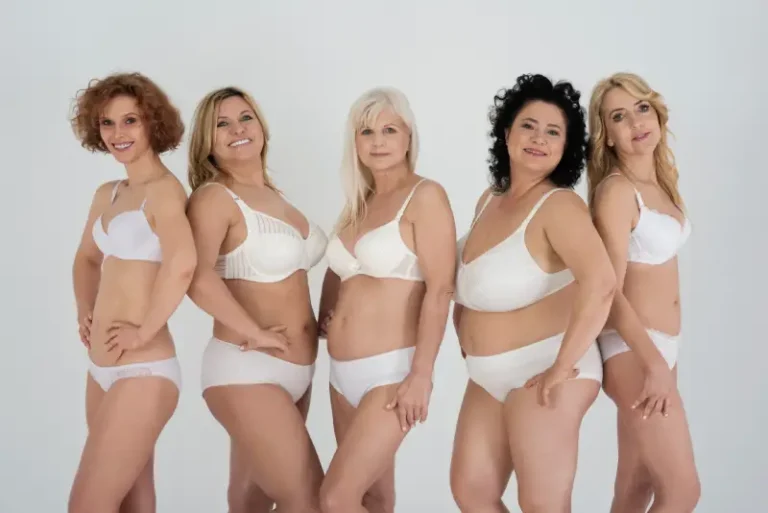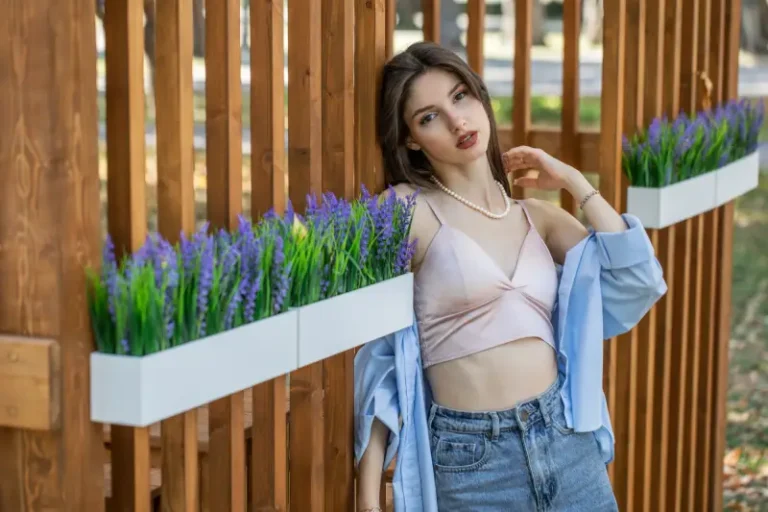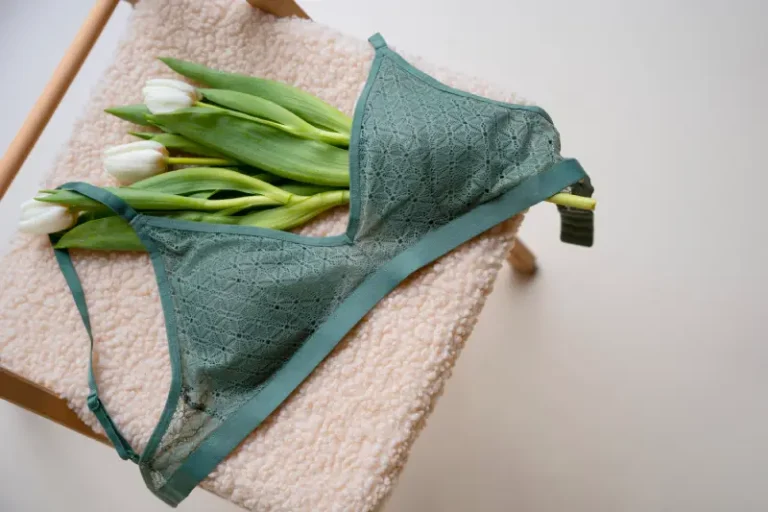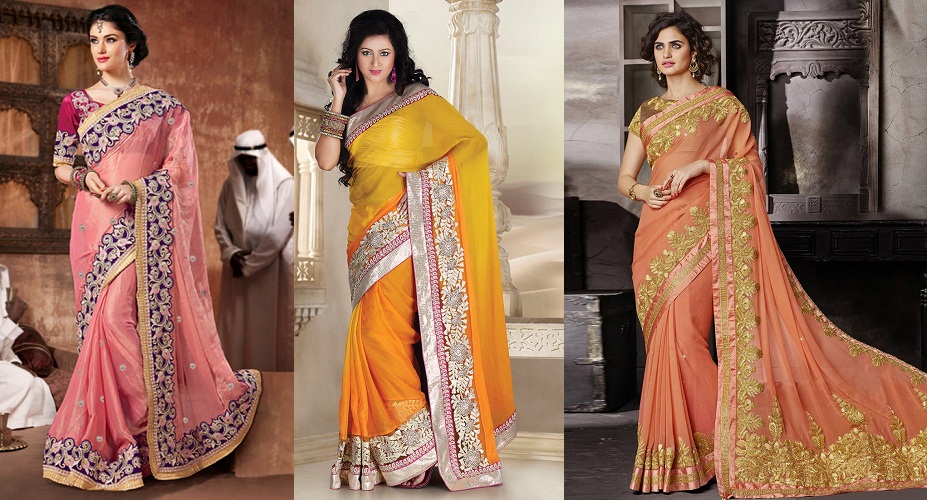
Make The Festivals And Ceremonies Brighter With Gota Sarees
A typically North-Indian wedding cannot be imagined without the bride wearing a fabulous Gota saree or lehenga. Though the art of Gota embroidery originated in the north-western state of Rajasthan, the technique gained popularity in many other parts of India as well. Got embroidery includes the use of applique technique for sewing zaris or strings of metals like gold, silver, copper etc. on the edges of the fabric to create intricate and elaborate patterns. These patterns on the edges of sarees, ghagras, lehengas and dupattas are the key features of women’s fashion in any formal or ceremonious occasions of India like engagement, wedding, and popular festivals.
Where It Started?
Gota originated in Rajasthan and spread to other parts of India. Using the best quality zari from Lucknow, the artisans hailing from regions like Kota, Ajmer, Jaipur, Bikaner, and Udaipur made intricate patterns on the edges of sarees, dupattas, kurtas, and ghagras. Gota gained much popularity during the Mughal period and the popularity and high demand still continue in the modern age. Even now, if you can’t think of ethnic outfits for women excluding Gota sarees. Besides being ethnic, it has the elegant and stylish look that is highly coveted by women in the festive seasons and in ceremonies.
Popular Patterns
The most popular motifs and patterns used in Gota sarees include those inspired by the colorful floral and faunal variety of India. Floral patterns are one of the most popular motifs of any design traditionally hailing from India. The patterns created using metal threads or zaris usually creates a contrast between the color of the fabric and the shine and luster of the metal threads.
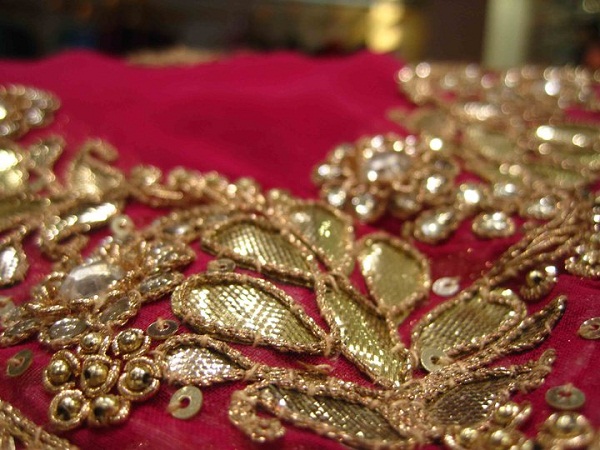
The Making Of Gota Sarees
Anything that involves a lot of labor and skills is bound to produce marvelous results. The look elegant and stylish look of the Gota sarees reflect the amount of skill and careful labor that is invested in its making. The making of Gota sarees is a time-consuming process. It involves several steps until the Gota is ready. The first step includes the tying of the fabric base to a wooden frame using four thick cords at the four corners. Then the tracing of the design is done on the Gota fabric using tracing papers and chalk dust. The Gota fabric is folded and cut into various shapes depending on the designs required. Once the patterns are created, they are hemmed and back-stitched on the base fabric. This lengthy process gives forth what is known as Gota embroidery.
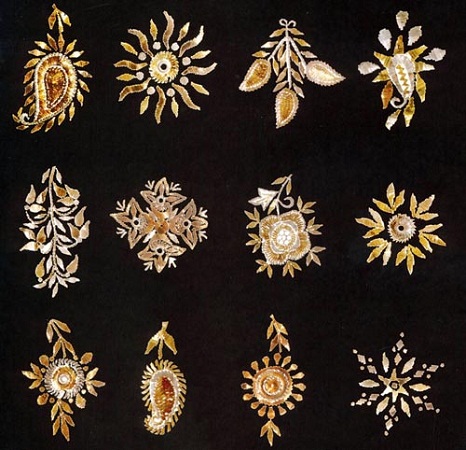
Metals Used
Originally expensive metals like gold and silver were used to make Gota sarees. The metal embroidery made with gold and silver are known as Real Gota. But generally, base metals such as copper coated with silver or gold are used for the work. Nowadays, copper is replaced by a film made of plastic or polyester which metalized or coated in such a way that they appear like metals. This new invention, the Plastic Gota, is cheaper and easier to use. As plastic is water resistance, the longevity if the embroidery is ensured. The problems related to the hyper-reactive metal copper and the expensive metals such as gold and silver can be easily avoided using the polyester films for making this traditional embroidery.
Gota Embroidery On Georgette Sarees
Gota has evolved into a Pan-Indian fashion which is globally received and appreciated. Among the many innovations that the making of Gota sarees has experienced, the most popular are the one on georgette sarees. There is a visual compatibility between the georgette material and the Gota work. The market and the online shopping sites are filled with fabulous designs if Gota works on georgette sarees. The sheer texture of the georgette material creates an attractive contrast between the elaborate and loud patterns of Gota. The wonderful designs on the georgette sarees of various colors make Gota all the more
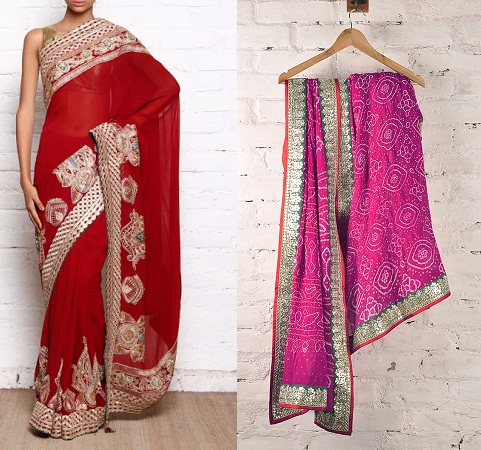
The Key Attraction Of Any Festival
If it is the festival of lights, that is Diwali, Gota sarees and other outfits with Gota embroidery on it makes it perfect. When the light of the diyasor earthen lamps fall on the lustrous embroidery of the sarees and the lehengas, the reflection creates the real flavor of the festival. Not only on Diwali, but on other occasions such as a marriage ceremony, Gota sarees can be one of the key attractions of the day. A bridal saree with Gota embroidery on it can make the bride look even more beautiful. To put it simply, Gota sarees are mandatory in any ethnic festival to make the event bright with colorful and lustrous outfits.
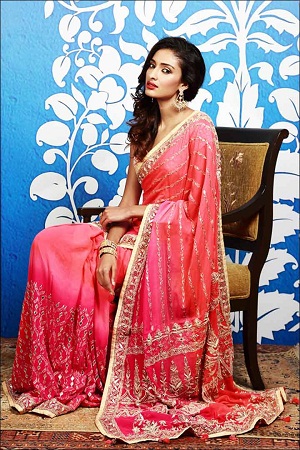
Match Your Gota Saree With The Appropriate Jewelry
Jewelry is another important aspect of ethnic fashion. Whenever there is an event which demands ethnic outfits and traditional look, the need for the appropriate jewelry is felt by any stylish person. Gota sarees are potentially very suitable to accessorize with the best ornaments you received as a gift on the Dhanteras. The Gota embroidery is like jewelry on the fabric. So, if you match the motifs of the particular Gota work on your saree or lehenga with that of your gold or silver ornaments, you can create a uniformity of designs on your body.
Some people like contrast and the others like uniformity. Both has its own specialty. And both can be worthy of the attention of your friends and relatives if you present yourself intelligently. If you are not keen about matching the patterns of your jewelry with that of the Gota work, you can match the color at least. For instance, if the embroidery is done with silvery threads, you can wear silver ornaments; if it is made of golden threads, you wear gold ornaments and so on.
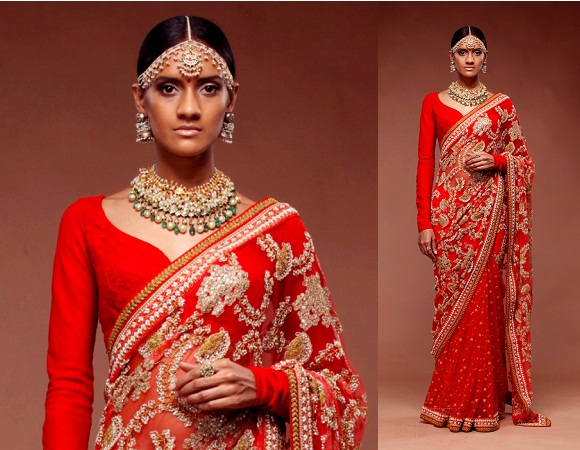
A traditional outfit which is, at the same time, elegant and fashionable is what’s coveted by most stylish women. Gota saree is such a combination of elegance and ethnicity that any woman would like to flaunt it on any formal and ethnic occasion. Nowadays, with the new experiments in the field of fashion, the designers of Gota sarees have come up with trendy designs and patterns of Gota work which suit the modern times and are also, at the same time, traditional in character.



